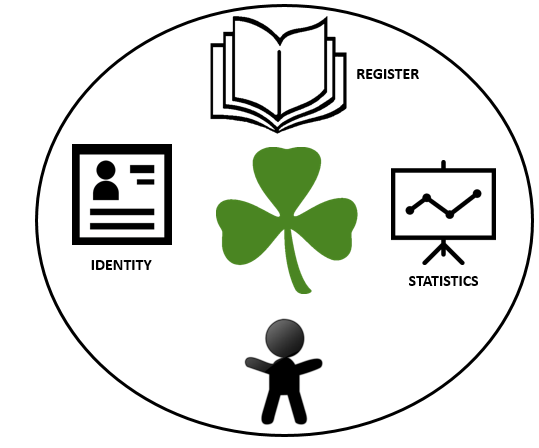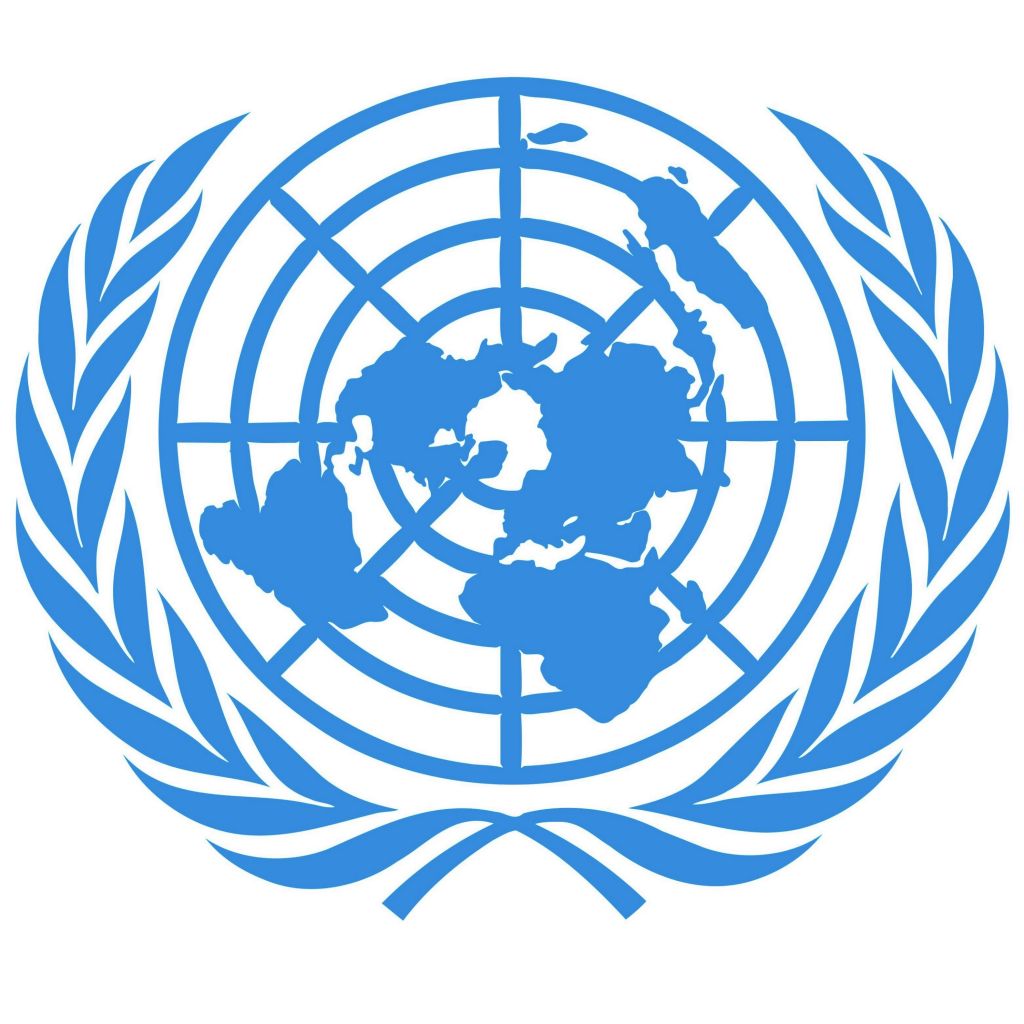Basic facts about Civil registry IV: Personal Data Protection
It is done! The ID4D movement (Identity for development) launched by OMS and the World Bank has finally reached you. From now on the pediment of your administration in charge with the modernization project of your civil registry and with the implementation of a population register, the following shall be inscribed in golden letters: we shall guarantee to all, by 2030, a legal identity, especially thanks to the registration of births, one of the 17 sustainable development objectives set out by the General Assembly of the United Nations.
This remarkable project that you are about to put into practice, to which you have attached the UN label CR&VS for Civil Registry and Vital Statistics, has a threefold objective:
- An identity for all and a secured and applied Civil Registry infrastructure
- The supply of vital statistics enabling the public authorities to better plan their actions, for the “vital” good of the populations
- The elaboration of a population register allowing the enhancement of the administrative productivity, the simplification of the Administered-Administration relationship; a sole identification number of the Citizens concerned completes the mechanism.
No doubt, this investment, if fully completed, is a measure of effectiveness and of better governance. The object of this note is not only to temper your willingness to move forward, but rather to warn you of the existence of a major obstacle that you Administration will have to “steer around”: that of the personal data protection.
![]() The introduction of a sole identification number is far from universal and brings in a debate on the pursuit of balance between the administrative efficiency targets and the latent threats against the private life data.
The introduction of a sole identification number is far from universal and brings in a debate on the pursuit of balance between the administrative efficiency targets and the latent threats against the private life data.
 Worldwide, there are as many countries as particular cases; the countries that opted for a centralized population register make use, in general, of this sole identification code. But the use thereof is more often than not strictly defined. Many countries have implemented different identifiers per register (social, fiscal, identity).
Worldwide, there are as many countries as particular cases; the countries that opted for a centralized population register make use, in general, of this sole identification code. But the use thereof is more often than not strictly defined. Many countries have implemented different identifiers per register (social, fiscal, identity).
The Swedish case proves that we can, on the one hand, extensively follow the bureaucratic approach of a sole identification number and, on the other hand, be a forerunner in the protection of individual liberties.
Swedish case : A sole identification number is allotted to all the persons registered in the Swedish civil registry. The personal identification numbers are used for identification purposes in most areas, be them public or private. The personal identification numbers are invariable and unique, which means that the number is allotted to an individual for lifetime and that there aren’t two identical identification numbers. If an individual leaves Sweden and is de-registered from the Swedish Civil Registry, he/she maintains his/her own personal identification number. The personal identification number must be provided on fiscal statements, the income statements and other documents submitted to the Swedish tax administration.
The international legal framework of the personal data protection has been set by the United Nations.
Article 17 of the UN International Covenant on Civil and Political Rights (or ONU Covenant II)1 only refers to the private life protection, without mentioning the data protection².
The UN General Assembly, through its Resolution adopted on 14th December 1990, sets some general principles on the regulation of computerized personal data files3.
The two key elements of this resolution are:
- Transparency toward the user: the user must have explicitly agreed with the use of his personal data
- The file must be created for a specific purpose, clearly presented and justified to the concerned individual
As a rule, we add to this observance of the specific Purpose, which is detailed / supplemented in the most advanced countries in terms of the protection of the individual liberties, the principles of proportionality and pertinence, while limiting over time the period for which data are stored.
Once again, the Swedish example proves that we can combine these principles with the intensive use of a personal identification number in all sectors of the current life (banks, employers etc.)
In the implementation of a CR&VS project, the personal data protection is not a priority. The CR&VS project manager must, however, anticipate the changing attitudes and prepare for a consolidation of the individual data protection measures, task all the more difficult given that the measures which will finally be taken are still unknown.
Four principles can already be preserved:
- Principle of Consent
The alphanumeric and biometric data must be collected following the explicit consent of the person concerned, who must be informed of the use of his personal data.
- Principle of Traceability
The consultation of the personal data must be traced. A secured computer file must keep track of all the times that the personal data has been consulted, even if as a result of a legal procedure.
- Principle of Security
Personal data must be archived in a secured manner so that they are protected against any damage. Ideally, the archiving arrangements shall observe the existing regulations in terms of legal archiving, using the digital signature technologies.
- Principle of Access
Everyone who offers proof of identity has the right to know whether information concerning him is being processed and to obtain it in an intelligible form, without undue delay or expense, and to have appropriate rectifications or erasures made in the case of entries. A procedure to that effect has to be prepared.
Antoine Boulin: Civil Status Consultant for Digitech company



